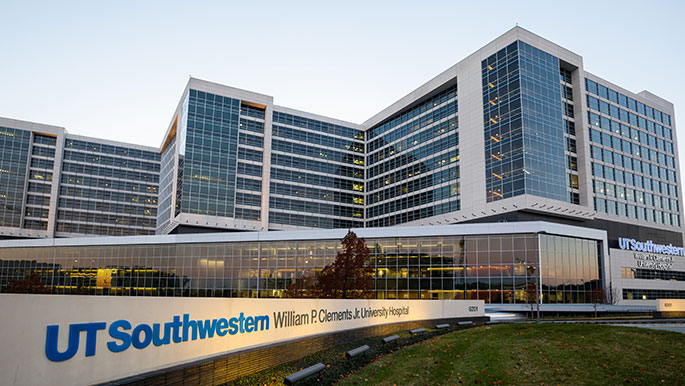The Power of Technology
Along with the innovative design, the hospital incorporates the most advanced technology. Secure mobile devices, for example, enable physicians and nurses to maintain, track, and share up-to-date electronic medical records. RFIDs (radio-frequency identification devices) and bar coding of equipment and medications will promote proper tracking and administration – reducing the potential for errors.
In patient rooms, monitors enable caregivers and patients to review charts and images (such as X-rays, CT scans, and MRIs) at the bedside, while videoconferencing capability – one of the most innovative features of the hospital – allows patients to stay connected with family and friends. Surgeons also have similar videoconferencing capabilities in the operating rooms, enabling real-time discussions with pathologists and other colleagues during surgery.
As part of our recent expansion, we’ve added an intraoperative magnetic resonance imaging (MRI) system within a hybrid operating room, as well as high-intensity focused ultrasound imaging.
Looking to the future, the hospital is designed for maximum flexibility. This will enable new equipment and technology to be quickly integrated, with minimal downtime for renovations.
Putting Patients and Families First
To support healing and comfort, the hospital provides a variety of amenities for patients and their loved ones.
Patient rooms are spacious and private, with large windows that bring in natural light. Patients have control over their space, with controls for calling for assistance, as well as for Wi-Fi, TV, lighting, drapes, and temperature, easily accessible from their bed. Restaurant-quality food is available around the clock, with the patient’s dietary restrictions already factored into the menu options. And outdoors, beautiful gardens serve as a sanctuary, while still allowing patients to be carefully monitored.
Recognizing the important role of family and friends in a patient’s recovery, the hospital is designed to accommodate them as well. Patient rooms have ergonomically designed sleeper sofas, allowing family members to stay overnight. Private cellphone rooms are available in waiting areas, offering a quiet place to make calls without disturbing others. Dining areas provide nutritious meals and snacks 24 hours a day, along with alcoves for private conversation. And a Patient Information Center with kiosks enables patients, friends, and family to research and better understand diseases, diagnoses, treatment options, and clinical trials.
Even long-standing hospital procedures were re-evaluated to provide a better patient experience. For example, rather than separating newborns from their parents, whenever possible, newborns stay with their parents in labor and delivery suites, as well as in individual Neonatal Intensive Care Unit rooms. This allows more time for bonding, which research shows can positively influence a baby’s weight gain and growth rate, reduce time in the hospital and future complications, improve breastfeeding capability, and (especially important for premature infants) promote better body temperature regulation.
Building the Future
Building a hospital of this quality and magnitude was a massive undertaking, and was possible due to the generous support of friends in the community and of UT Southwestern physicians, through their commitment of revenues from the Faculty Practice Plan.
The hospital is named in honor of former Texas Gov. William P. Clements Jr., who in 2009 made a landmark $100 million contribution to the Southwestern Medical Foundation, the largest single gift in the foundation’s history. The funds were unrestricted, meaning they could be used for any purpose. But there was one stipulation – the gift must be used for something that would be “transformational” for UT Southwestern. The hospital does indeed have the transformative impact Gov. Clements envisioned.
Our recent expansion enables UT Southwestern to provide the most patient-centered care possible for its expanding base of local, regional, national and international patients, while driving innovations that advance outcomes, safety, and value.




